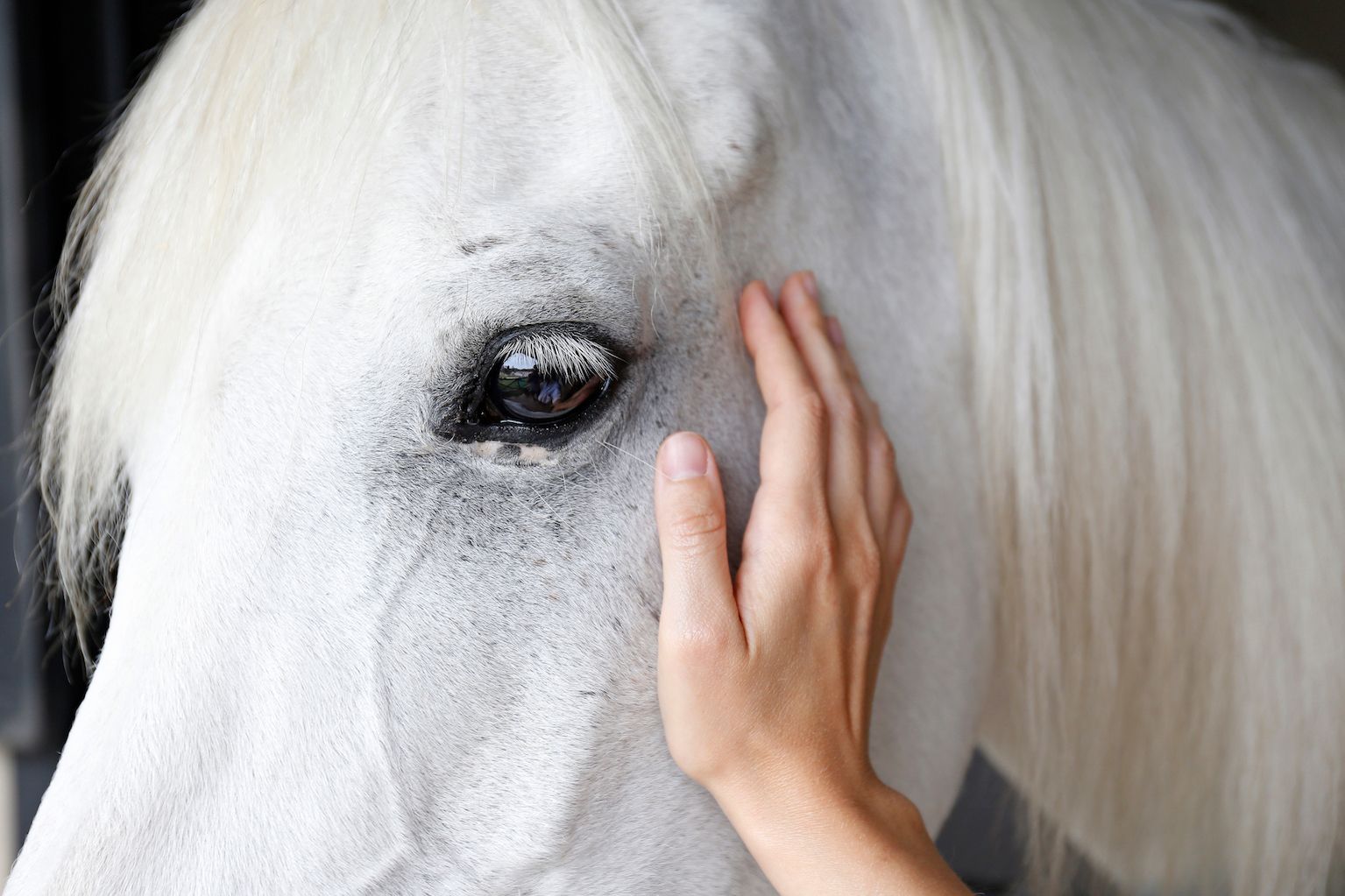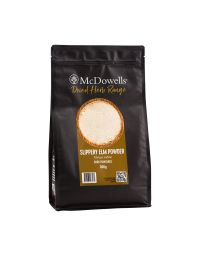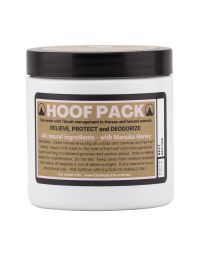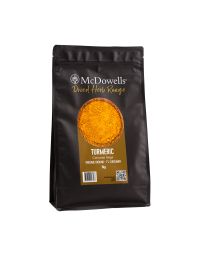Poultices have been a trusted natural remedy for centuries, offering relief for various ailments. While many have heard of them, few have experienced their benefits firsthand.
What is a poultice?
A poultice consists of herbs and other ingredients made into a paste and placed directly on the skin. This allows the ingredients to transfer their benefits and also draw out any toxins, depending on the ingredients.
Equine conditions that could be helped by poulticing include;
- Abscesses – Drawing out pus and infection, especially in hooves.
- Bruised soles or hooves – Reducing pain and inflammation in the hoof.
- Laminitis (early stages or post-episode) – Supporting circulation and reducing inflammation (with vet guidance).
- Sprains and strains – Soothing soft tissue injuries in legs or joints.
- Swollen legs ("stocking up") – Encouraging circulation and reducing fluid buildup.
- Dermatitis (mud fever, rain scald) – Calming inflamed skin and helping remove scabs or infection.
- Insect bites or stings – Reducing swelling and irritation.
- Tendon or ligament injuries – Cooling and reducing inflammation in early stages.
- Cellulitis – Drawing out infection and relieving pressure (under veterinary supervision).
- Wound aftercare – Supporting drainage and cleanliness during the healing process (non-open wounds only).
- Post-exercise soreness – Alleviating muscle and joint fatigue after intense work.
Poulticing is particularly valued for its drawing and anti-inflammatory effects, and is often used alongside veterinary treatment for optimal results.
How to Prepare a Poultice
- Select your ingredients: Choose fresh or dried herbs known for their healing properties.
- Create the paste: Crush or bruise the herbs to release the liquid. If using dried herbs, mix them with a hot, moist base like flour, cornmeal, or flaxseed meal to form a paste.
- Apply the poultice: Spread the paste directly onto the affected area or place it between layers of cloth (especially if using irritant herbs like mustard).
- Maintain warmth: Keep the poultice warm using a hot water bottle or by replacing it as needed. Do not allow it to become cold.
- Aftercare: Once removed, cleanse the area with warm water or a gentle herbal tea like chamomile or mugwort.
Important notes
Do not reuse poultices
Avoid applying to open wounds or burns
Discontinue use if irritation occurs
Do not use on sensitive or broken skin
Poultice ingredients
Clay Poultice
Use for inflammation, inflammatory skin diseases, bruises, sprains and joint or tendon issues. Use clay that has been cleaned of impurities. Mix with water or apple cider vinegar to make a paste. Apply directly to the area, cover with brown paper or plastic, and bandage. Allow to dry before removing with warm water.
Bran poultice
Make a paste with hot water and bran, apply as hot as can be tolerated. Used for inflammations,, soft tissue swelling and mild bruising. Mix bran (wheat bran) with hot water to form a thick, porridge-like paste. Apply warm to the affected area, then wrap and bandage.
Epsom Salt and Bran Poultice
Why it’s effective: Epsom salts (magnesium sulfate) draw out infection and reduce swelling. Mixed with bran and warm water, it makes a thick, soothing paste. Use: Apply warm, moisten to the area, cover with vet wrap and bandage. Change every 12–24 hours.
Honey and Turmeric Poultice
This poultice is best for minor wounds, inflamed skin and dermatitis. Mix raw honey (antibacterial) with a pinch of turmeric (anti-inflammatory) and apply to clean skin, cover lightly with gauze or a breathable dressing. It’s not suitable for deep wounds or active abscesses but good for surface issues.
Potato Poultice
Potato poultices can be used as a temporary, surface-level poultice for non-infected, closed swellings or bruises. Grated raw potato has a naturally cooling property, which can provide temporary relief for mild inflammation, bruising, or skin irritation. Used to reduce inflammation as in arthritis.Grate raw potato, mix with water and apply.
NB. They could harbour bacteria if reused or left on too long, especially over open wounds or broken skin.



